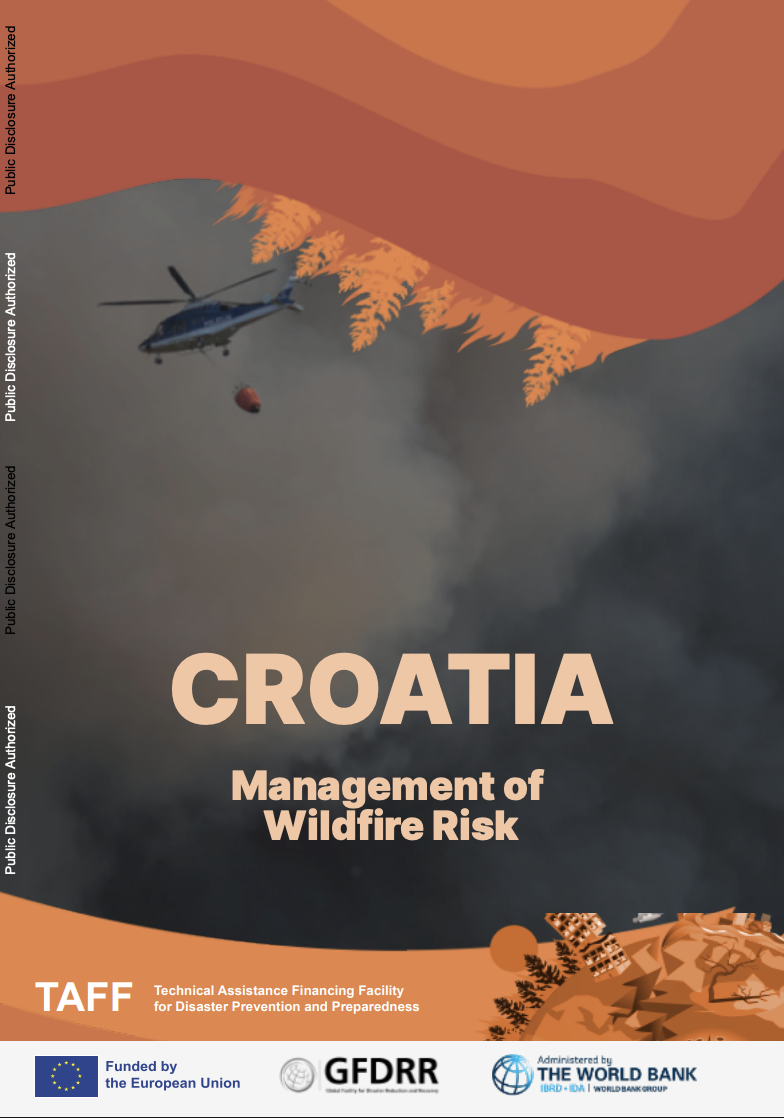Wildfire risk is increasing in Croatia. Between 2010 and 2021, the cost of damage due to wildfires across the country totaled over Euro 249 million; the 2017 fire season burned 67,666 ha of land and caused an estimated Euro 109 million in losses; and the 2022 season recorded 149 fires. Even within the span of one year, in 2024, 21 percent more open-air fires were recorded compared to 2023 for the same period. In fact, Croatia experienced over a thousand additional wildfires in 2024 compared to the previous year. This increase highlights both the rising frequency and severity of wildfires, with 29 precent more vegetation fires and a burned area of 26,807 ha, over four times larger than the previous year. The 2024 Croatian National Risk Assessment (NRA) reports that Split-Dalmatia County, a popular tourist destination, faces very high wildfire risk, while the counties of Istria, Sibenik-Knin, Zadar, and Dubrovnik-Neretva all face a high risk. The sectors most affected by wildfire include forestry, tourism, infrastructure, and public services. Across the country, an average of 73 percent of critical assets, including 94 percent of power lines and 97 percent of road segments, are located in areas with high or very high wildfire hazard. In the context of the country’s Mediterranean climate, changing agricultural land use, and tourism, wildfire risk is intensifying, particularly in coastal areas, hinterlands, and islands, and particularly during the spring and summer months. It is expected that wildfire risks and impacts will compound with heat and other extreme meteorological conditions arising from changes, leading to increased socioeconomic and environmental impacts. This report summarizes the results of a rapid review of wildfire risk and management capacity in Croatia, and it highlights potential risk management priorities to inform policy dialogue and future research. The review considers capacity across multiple dimensions, including governance, understanding of earthquake risk, risk reduction and mitigation, early warning and public awareness, preparedness and emergency response, recovery and post-disaster financing, and cross-cutting topics such as social resilience and the role of the private sector. For each of these dimensions, the report draws on available information to review the general context and current arrangements, including key challenges and opportunities for improvement.

